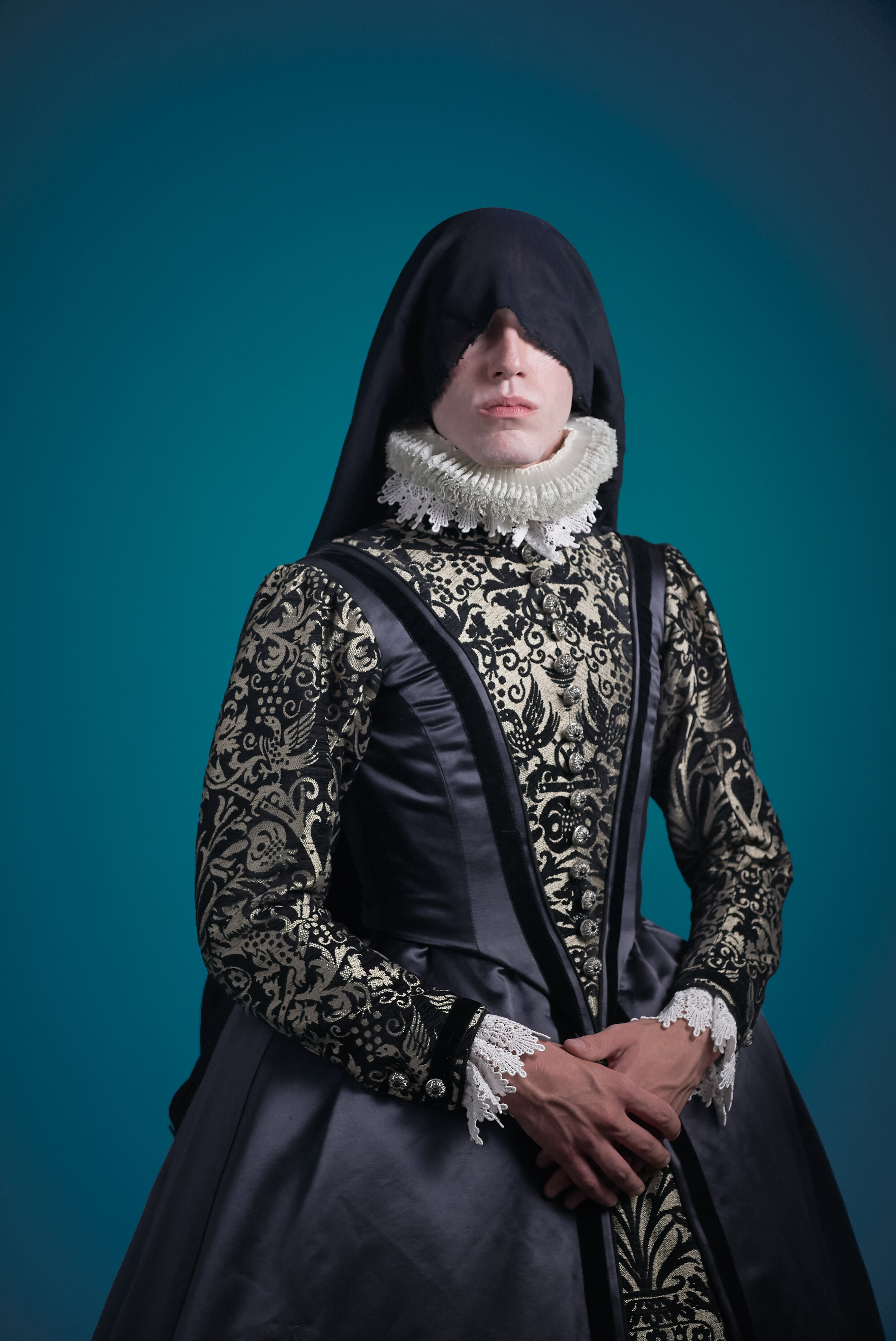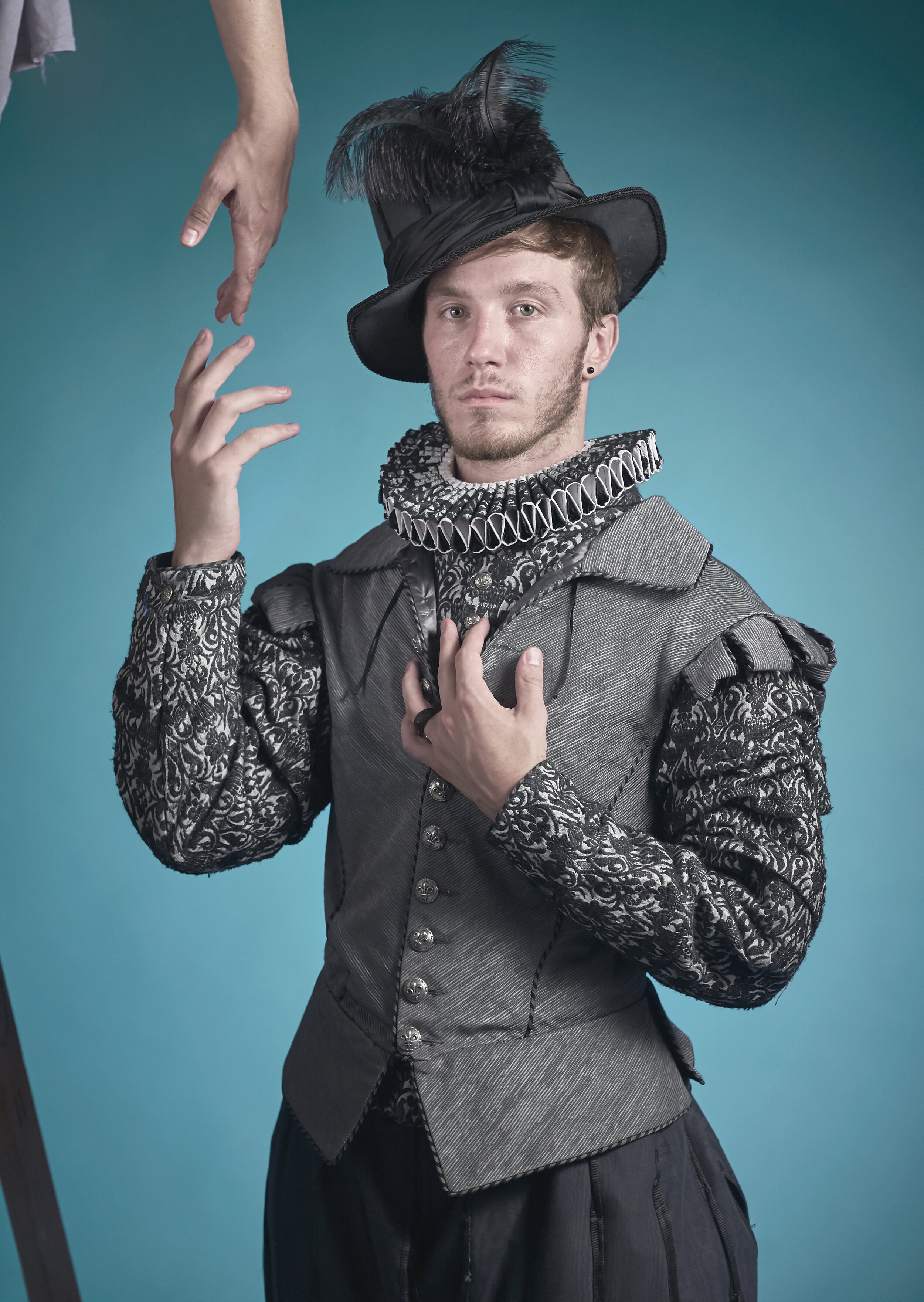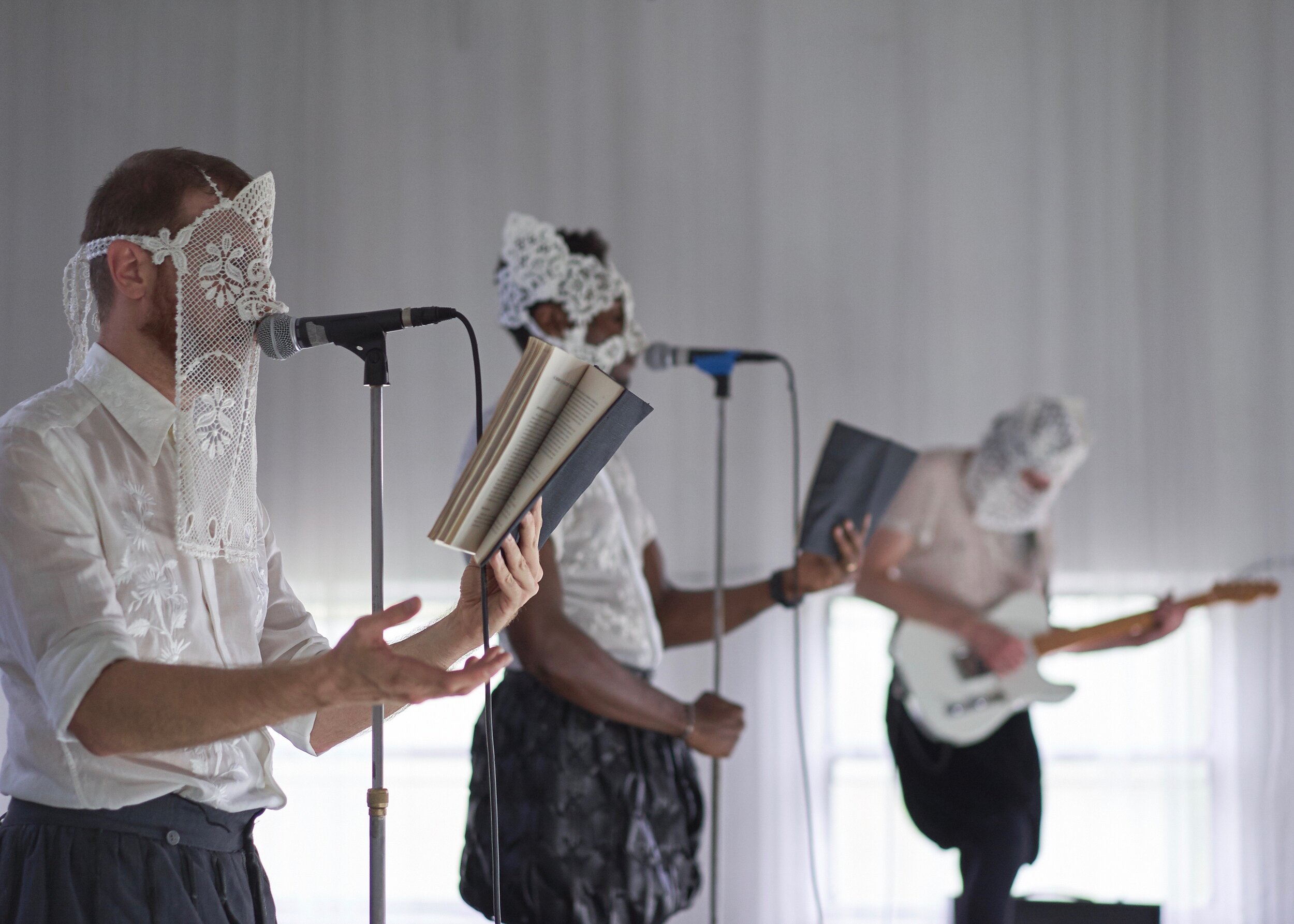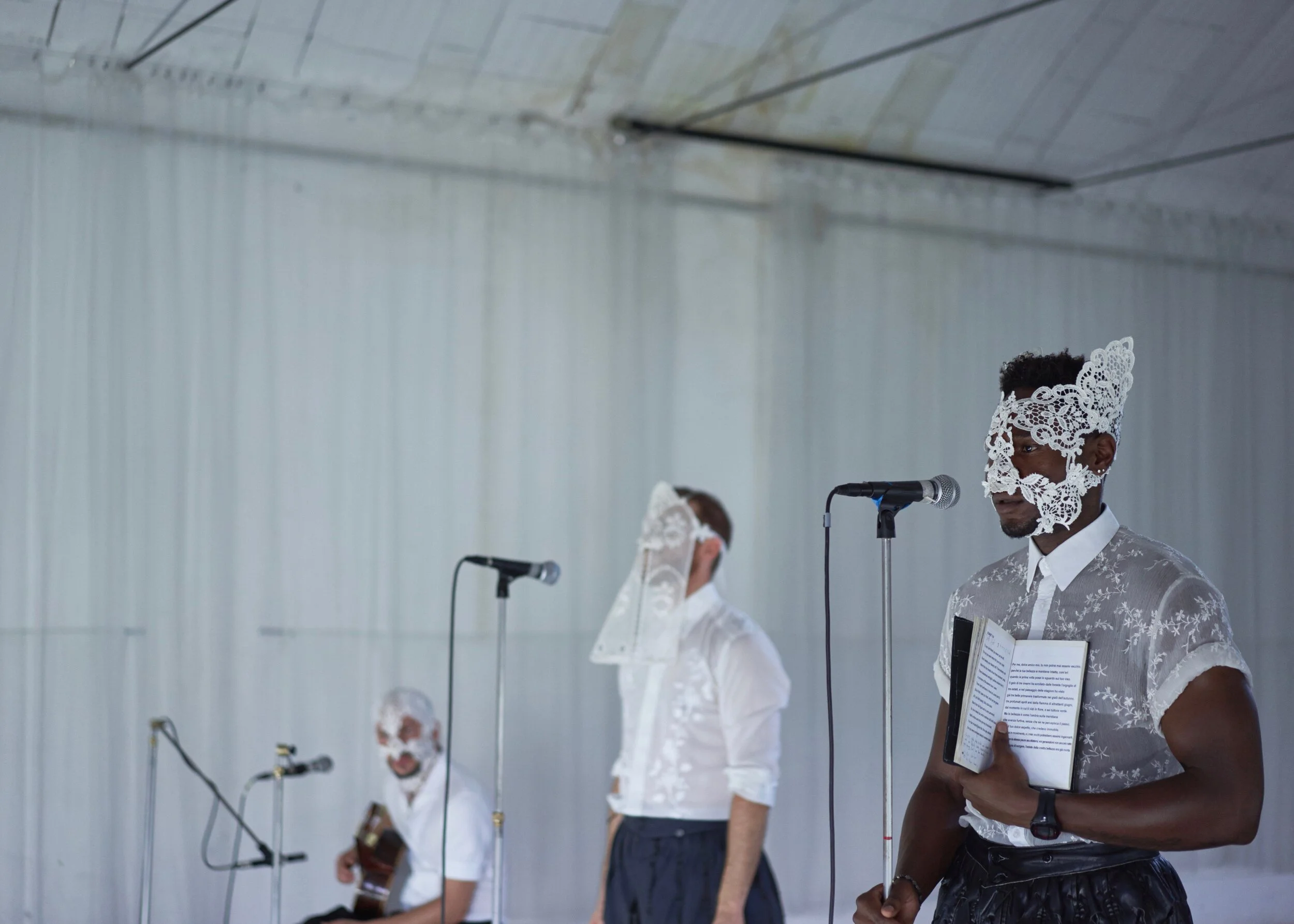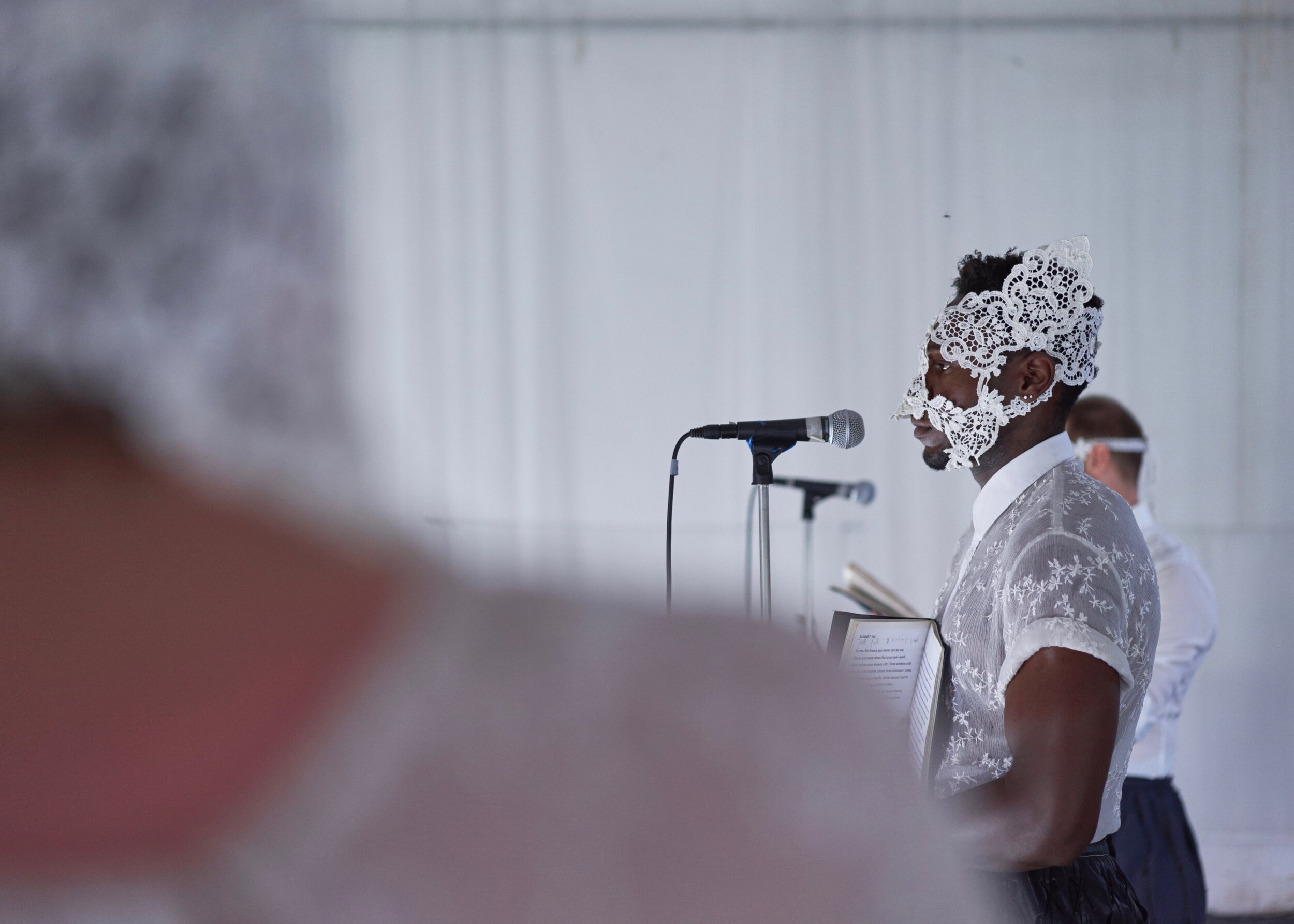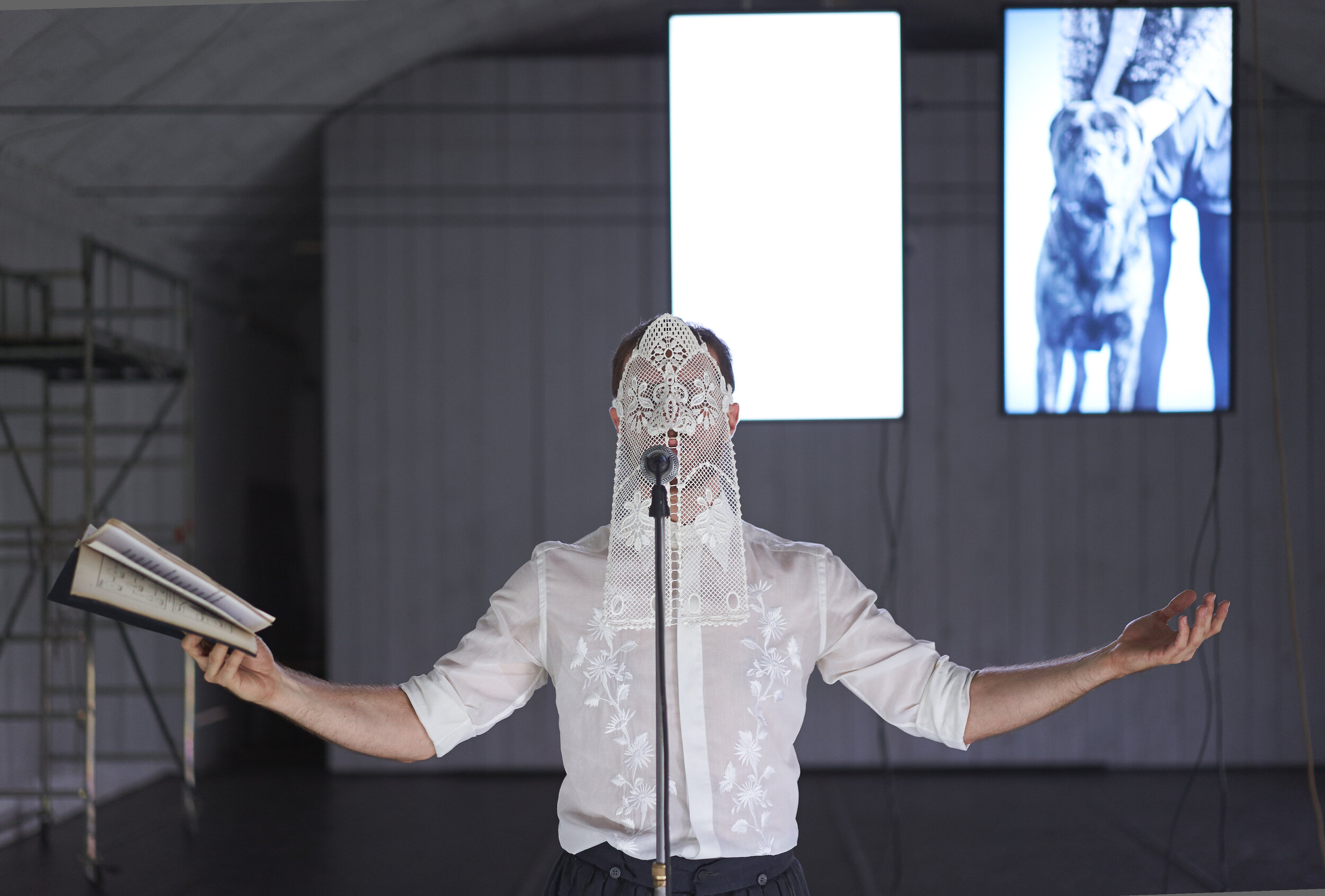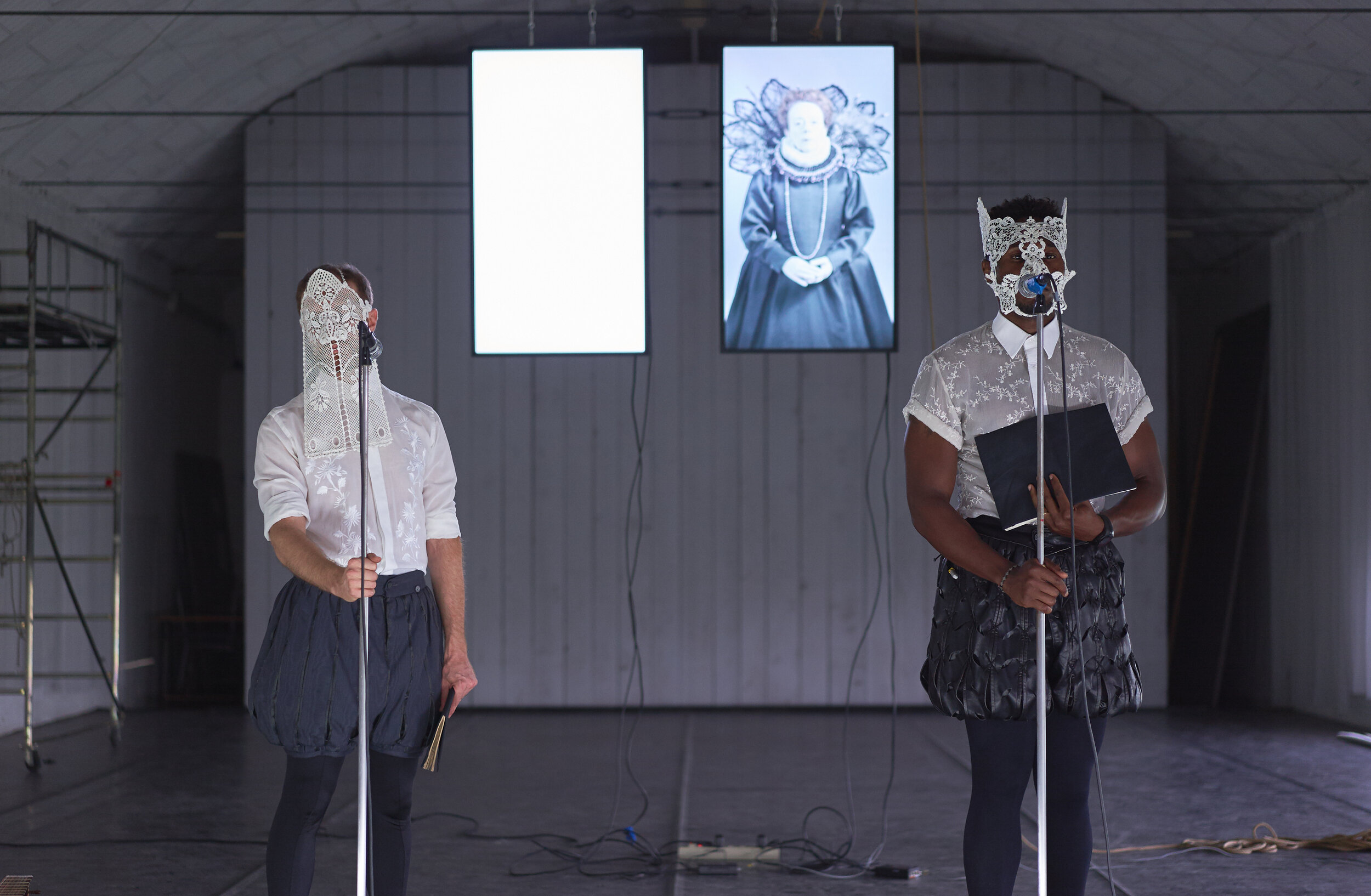

Un testo che si manifesta e si nasconde allo stesso tempo, che non ha un solo significato chiaro e trasparente, ma almeno due, non è più rivelazione ma enigma, quando non deliberata menzogna. Chi è William Shakespeare? Chi è il Fair Youth? Chi è la Dark Lady? Chi il Master e chi lo schiavo? Credere che i Sonetti possano rispondere a queste domande, credere che possano illuminare una biografia che da secoli sfugge è pura illusione. La struttura ambigua dei Sonetti, priva dello strumento della vita del loro autore e della sua voce, rimane un rompicapo impenetrabile, chiuso ermeticamente. Mancano i nomi. Il bisogno di esprimere il sentimento dell’amore e del dolore si scontra con la volontà di mantenere l’anonimato, di coprire con i silenzi il suono pericoloso delle parole e delle verità. I versi cancellano i nomi delle cose e delle persone: le fanno vivere, le presentano, le soffrono ma le lasciano nell’anonimato e ne mascherano l’essenza con l’ambiguità. I Sonetti tacciono più di quanto rivelino del dettaglio personale, del privato, della sessualità. Anche a costo di mentire, Shakespeare impone al lettore, volente o nolente, il religioso rispetto delle oscure verità private. È questa l’unica religione che si riesca ad individuare nella sua poesia. Con citazione biblica, sul quel palcoscenico che è tutto il mondo, Shakespeare si rivela e si nasconde platealmente: “I am that I am”. Anagoor sceglie la via del concerto, come il folle Masque di una compagnia di teatranti senza più teatro, dove un suonatore di liuto, un chitarrista rock, un attore e un rapper mascherati mostrano e celano un perverso teatrino dell’amore.
A text which reveals itself and at the same time conceals. A text which doesn’t display a single, clear intent, but at least two, so it’s no revelation, but rather an enigma, when it’s not deliberate fiction. Who is William Shakespeare? Who is the Fair Youth? Who is the Dark Lady? Who’s the Master and who’s the slave? It’s pure illusion to think that the Sonnets could answer these questions, to believe they could shed light on a biography which has been unaccounted for, for centuries. The Sonnets’ ambiguous structure, lacking their author’s authenticated signature, remain but a sealed and impenetrable puzzle. There are no names attached. The need to express the feelings of love and pain clashes with the will to remain incognito, to bury with silence the dangerous sound of words and of truth. The verses nullify the names of items and people: they give them life, they present them, they grieve for them, but they are left unidentified, their essence masked with ambiguity. The Sonnets silence more than they disclose in personal detail, privacy and sexuality. At the risk of deceiving, Shakespeare gives the reader no choice but to regard the sacred respect of a dark private truth. This is the only spirituality which one can detect in his work. Shakespeare blatantly emerges and fades away with biblical references, on that stage which is the entire world: “I am that I am”. Anagoor chooses the concert as a channel, like the fool Masque of a theatre group without a theatre, where a lute player, a rock guitarist, an actor and a masked rapper display and disguise a perverse performance of love.
“I am that I am. ”

“As an unperfect actor on the stage,
Who with his fear is put besides his part,
Or some fierce thing replete with too much rage,
Whose strength’s abundance weakens his own heart;
So I, for fear of trust, forget to say
The perfect ceremony of love’s rite.”
Per chi sono stati scritti i Sonetti? E da chi sono stati scritti? Si cerca spesso di cogliere notizie sulla vita e sull’identità di Shakespeare dai Sonetti, ma paradossalmente ci vorrebbero dati biografici certi per decriptare il codice ermetico che ne costituisce la scrittura. Shakespeare e i Sonetti rimangono un enigma sigillato e chiuso. La scrittura è una scrittura segreta, come segreta e privata è la lingua degli amanti. Scritti in un periodo in cui sul Regno di Elisabetta infuriavano i venti mortiferi della peste, tanto da costringere la chiusura dei teatri con la conseguente ricerca di protettori da parte dei poeti drammaturghi, i Sonetti non sembrano celebrare un committente, come altre collezioni o poemetti analoghi. Forse questi componimenti non furono mai pensati per essere resi pubblici. Le figure del Fair Youth, il giovane dedicatario di una buona parte dei componimenti, e della Dark Lady, la donna amata e odiata che brilla di luce nera nella metà più oscura di questa raccolta, sfumano indecifrabili, come estremi o potenze sinistre di un disegno più ampio ed ambiguo il cui sfondo è un vero inferno del cuore.
Who were the Sonnets written for? And by whom? We often try to recover details about the life and identity of Shakespeare through the Sonnets, however ironically, we would really need confirmed biographical data to decode the seriously encrypted writing. Shakespeare and the Sonnets remain a sealed and secured enigma. The writing is a secret one, as is secretive and private the language of lovers. Written in Elizabethan times when the plague’s deadly winds were blowing madly, so much as to impose the closing of theatres and consequently to have to seek alternative patrons for the playwriters, the Sonnets never seemed to have been commissioned specifically, as had been other works or analogous poetry. Perhaps these were never intended to be made public. The figures of the Fair Youth, the young devotee of most of the compositions, and the Dark Lady, the loved yet despised figure which shines of black light in the darkest half of this assembly, fade indecipherably, as extremes or sinister powers of a bigger and more ambiguous picture whose setting is a true inferno of the heart.

“Two loves I have of comfort and despair,
Which like two spirits do suggest me still:
The better angel is a man right fair,
The worser spirit a woman colour’d ill.”
ANAGOOR
MASTER / MISTRESS of my passion
with
Alberto Mesirca, Jeff The Six, Stefano Stech Durighel, Marco Menegoni, Mauro Martinuz
and with
Laura Curino, Marco Crosato
video direction
Simone Derai, Giulio Favotto, Moreno Callegari
Mauro Martinuz
costumes
Stefano Nicolao
additional costumes and masks
Silvia Bragagnolo
photo
Giulio Favotto
direction
Simone Derai
production
Anagoor 2016
co-production
Operaestate Festival
